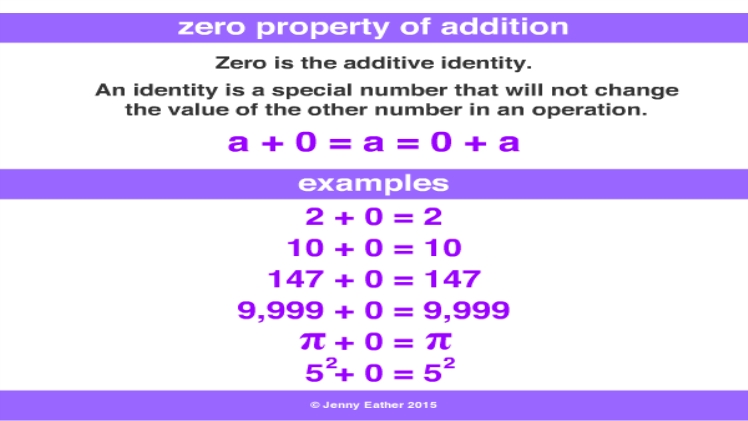Before you get into factoring quadratics for solutions, you need to know about the multiplication property of zero. You may say, “What’s there to know? Zero multiplies anything and leaves nothing. It wipes out everything!” True enough, but there’s this other nice property of 0 that is the basis of much equation solving in algebra.
By itself, 0 is nothing. Put it as the result of a multiplication problem, and you really have something: the multiplication property of zero. The multiplication property of zero (MPZ) states that if p × q = 0, then either p = 0 or q = 0.
At least one of them must be equal to 0. This may seem obvious, but think about it. No other number has such a power over all other numbers. If you say that p × q = 12, you can’t predict a thing about p or q alone. These variables could be any number at all — positive, negative, fractional, radical, or a mixture of these. A product of 0, however, leads to one conclusion: One of the multipliers must be 0. No other means of arriving at a 0 product exists. Why is this such a big deal? Let me show you a few equations and how the MPZ works.
Finally
Factoring is relatively simple when there are only two terms and they have a common factor. This is true in quadratic equations of the form ax2 + bx = 0 (where c = 0). The two terms left have the common factor of x, at least. You find the greatest common factor (GCF) and factor that out, and then use the MPZ to solve the equation.

